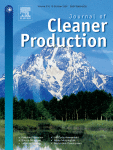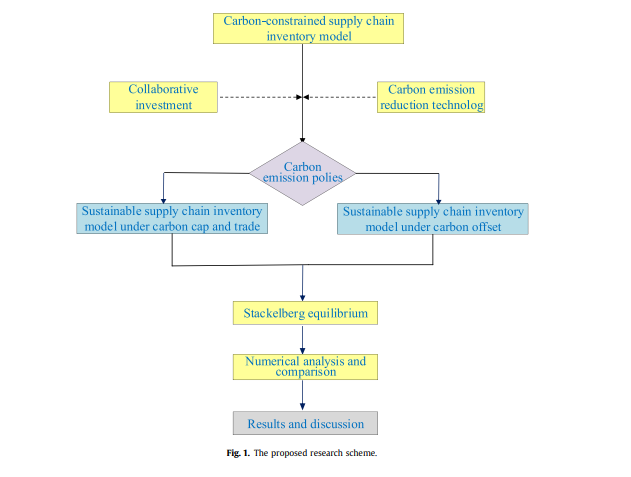Featured Scientist

Author published in"Journal of Cleaner Production"affiliate to
Graduate Institute of Business Administration,
Fu Jen Catholic University, New Taipei City, Taiwan
Article publish in
"Journal of Cleaner Production"Volume 270, 10 October 2020, 121963
Stackelberg game approach for sustainable production-inventory model with collaborative investment in technology for reducing carbon emissions
Greenhouse gases (mainly carbon dioxide) is one of the important factors contributing to extreme weather we face today. The carbon cap-and trade and carbon offset are common but important carbon emission reduction policies in many countries. Further, carbon emissions generated by corporate activities can be effectively reduced through specific capital investment in green technology. However, such kind of capital investment is rather costly and is unlikely for a single company to solely invest in it. Moreover, most decision-making situations in business are correlated instead of independent. Therefore, this paper explores potential competitive and cooperative issues of the sustainable product-inventory models with collaborative investment in carbon emission reduction technology under carbon cap-and trade and carbon offset polies. A Stackelberg approach of game theory is utilized for determining the optimal equilibrium solution between the buyer and the vendor under different carbon emission reductions. Realistic data examples are used to demonstrate the solution and sensitivity analysis on the main variables. The results indicate that proportions of investment by the vendor and buyer in carbon emission reduction technology play a critical role in both parties’ shipping, ordering strategies and profits. This role becomes more prominent as the proportion of investment increases. In addition, an increased proportion of investment in carbon emission reduction technology involves increased investment and thus contributes to the fulfillment of the carbon reduction goal. Finally, a comparison between the carbon cap-and-trade and carbon offset policies reveals that, although increases in the carbon trading price and carbon offset price are both conducive to carbon emissions inhibition, they exert different effects on the total profits of the vendor and buyer.

Keywords Supply chain Sustainable production-inventory mode lCarbon emission reduction technology Stackelberg game
38 views